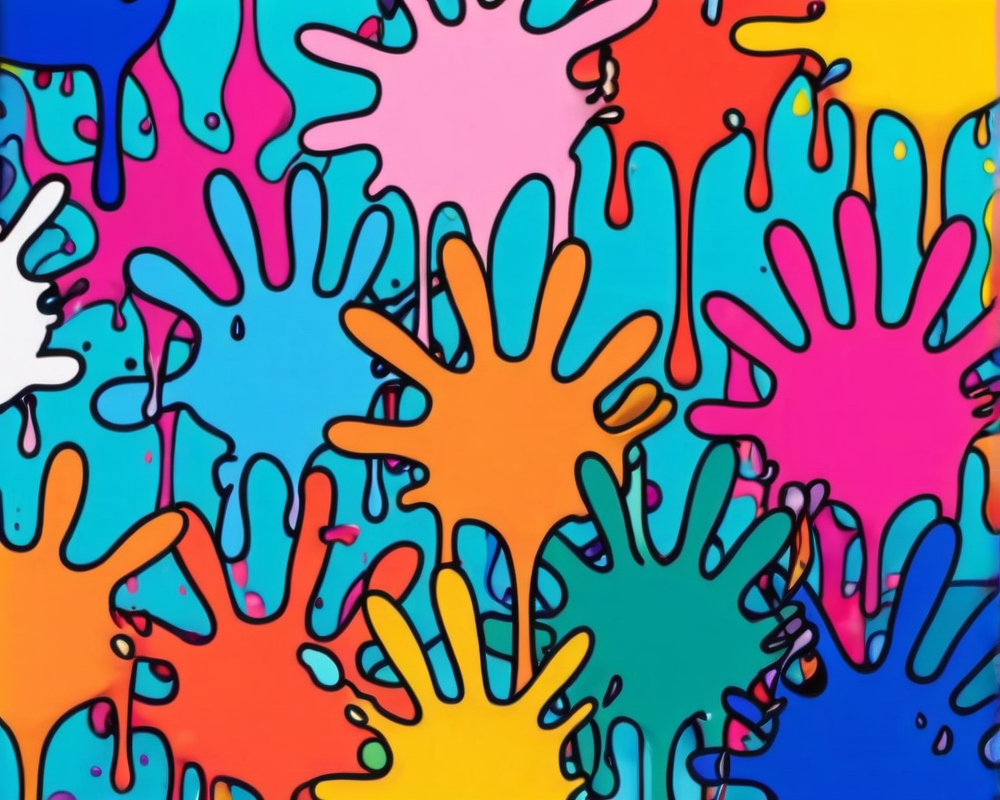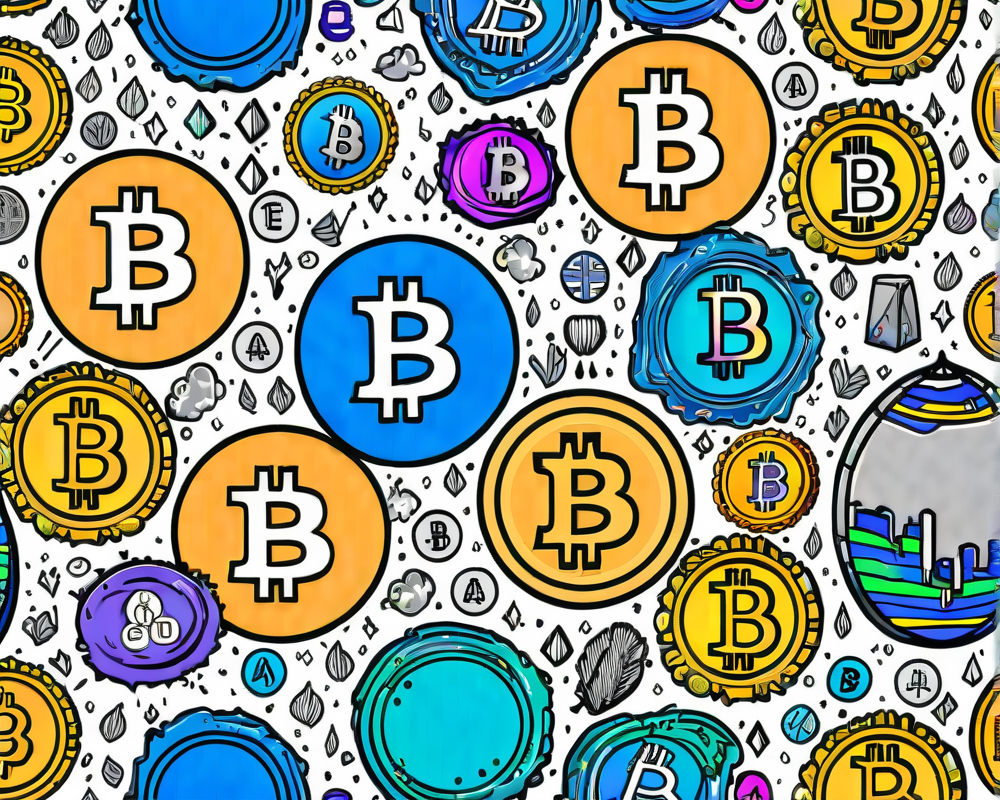Wikipedia’s Art-Defining Quandary
In a twist that could drive even the most patient art enthusiast to madness, a group of Wikipedia editors recently clashed over the classification of nonfungible tokens (NFTs) in the realm of fine art. Spoiler alert: Wikipedia has decided to hit the pause button on the whole kerfuffle, shelving the NFT issue for a future date when, perhaps, cooler heads may prevail.
The Great NFT Conundrum
The debate ignited in late December, sparked by discussions around eyebrow-raising art sales by living artists. Should these jaw-dropping NFT sales be included in the annals of “art sales” or just brushed aside under “NFT sales”? Picture art enthusiasts adorned in turtlenecks and berets, clutching their cups of fairtrade coffee, raised in a toast to the absurdity of it all.
Included or Excluded?
An editor, who goes by “jonas,” summed it up nicely, suggesting that Wikipedia ought to steer clear of defining art. “Art can be in the eye of the beholder and an NFT can just be a digital token,” he opined, leaving many in the committee scratching their heads—or perhaps shaking them in dismay.
The Vote: Showdown of Opinions
The call for consensus led to a rather lopsided vote: five opposed to the inclusion of NFTs in artworks versus a lone voice in favor. Who knew editing Wikipedia could feel like a high-stakes game of rock-paper-scissors? As the dust settled, trails of digital masterpieces like Pak’s jaw-dropping $91 million NFT and Beeple’s staggering $69 million piece faced oblivion on the coveted “top art sales” list, awaiting a revisit when, presumably, all was clearer in the NFT universe.
The Beeple Buzz
Particularly emotional was the fate of Beeple’s “Everydays: The First 5000 Days,” which had made waves at Christie’s, a place where art is meant to shine— not vanish into digital obscurity. With The New York Times dubbing Beeple the “third highest-selling artist” alive, one could argue that such artsy accolades deserve recognition, even among tokens.
Voices on Both Sides of the Canvas
The feedback loop from editors played out like a modern-day tragedy, with “Pmmccurdy,” the most passionate supporter of NFTs, lamenting, “How can we have a consensus when I have consistently advocated for their inclusion?” It sounded like the beginning of a heartfelt ballad about art and recognition, but alas, the response came in the form of reason that many in this literary duel thought neglected the heart of digital artistry.
Litigating the Art Status
On the sidelines, perennial NFT supporters couldn’t help but react. Griffin Cock Foster, a co-founder of Nifty Gateway, took to Twitter, exclaiming it to be “messed up” that mods were suggesting no NFT could ever claim the title of art. Meanwhile, his twin brother Duncan launched a clarion call to arms, dubbing the scenario an “Art Emergency.” Forget epic battles; this was a showdown for the soul of art itself!
A Shift on the Horizon?
In the wake of this dust-up, Everipedia decided to laugh in Wikipedia’s face by claiming their support for NFTs is abundant. They’ve supposedly created over 100 NFT pages, while Wikipedia stands firm on declaring them non-art as they putter away into the digital sunset.
The Crypto Review Wars
This isn’t exactly a first-class ticket on the crazy train for Wikipedia, either. Previously, they’ve experienced their share of spats over crypto-centric content, notably with senior editor David Gerard, who has removed entries citing “press-release churnalism.” In the world of enshrined knowledge, it’s clear: The journey towards digital acceptance is still far from over.




